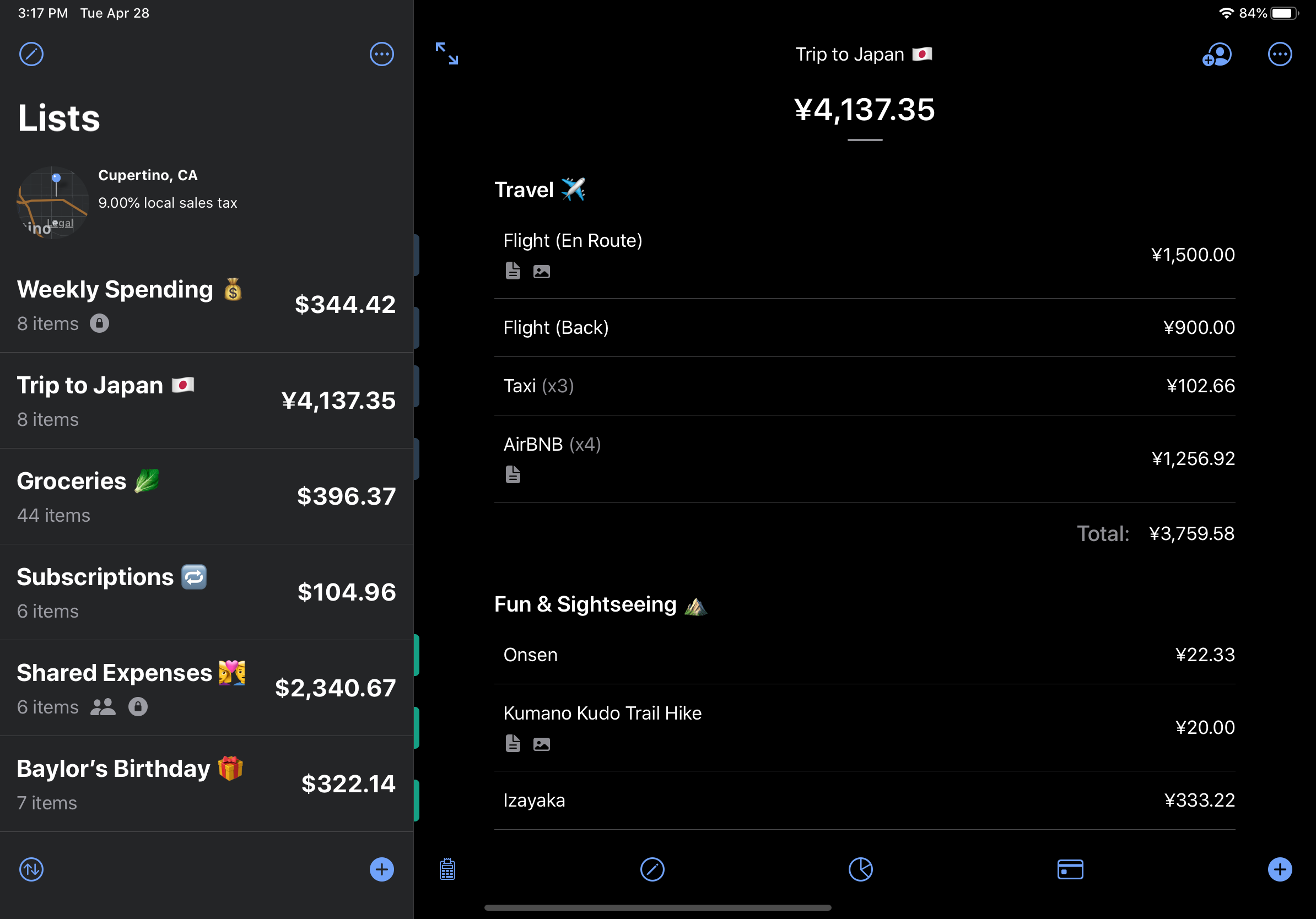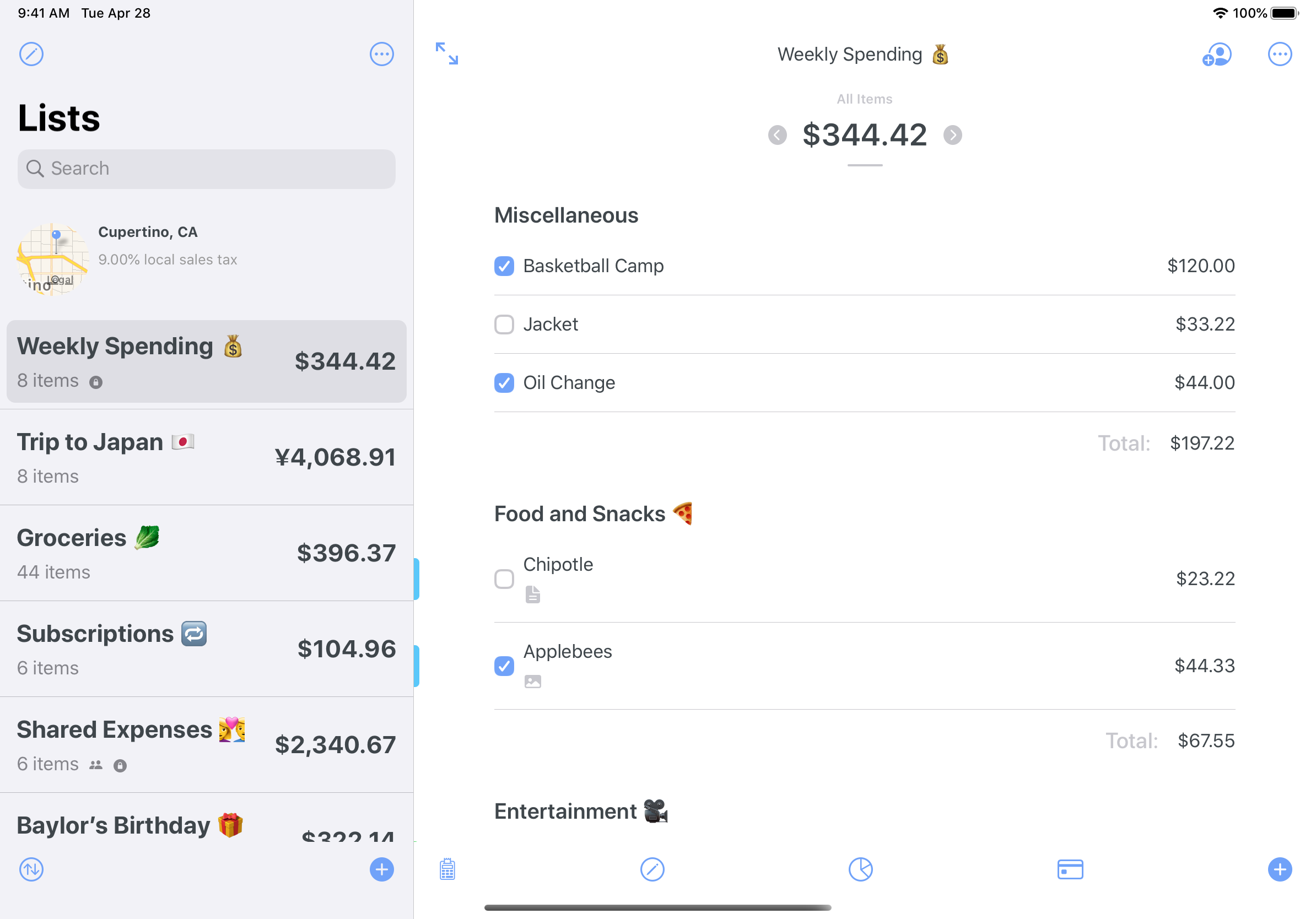Use The Artificial Intelligence
Taking Over The world
Ominous has already installed itself on half the devices in the world. Now you can use that same AI to write songs about your dog.


Open/High/Low/Close
The admin panel is designed to provide simple and intuitive management
Price-volume difference indicator
Save time and effort, especially for stores with large inventories.
Network growth
Improve your Shopify store's SEO and user experience
Average token age consumed
Google uses broken links as a quality signal, so broken links can hurt your rankings
Exchange flow
Improve your store's performance, user experience, and search engine rankings.
Transaction volume
Help your store perform better and provide a better user experience
Total circulation
Become more search engine friendly and improve user experience.
Dev activity
Duplicate content can confuse search engines and hurt your rankings
Relative social dominance
Optimizing meta tags on a your store can improve SEO and increase sales
Find the plan that best meets your specific business needs. All paid plans come with a 7-day free trial.
FREE
$4.99/month
For stores with up to 2,000 products & up to 50 monthly orders
$14.99/month
For stores with more than 2,000 products or 50+ monthly orders
$24.99/month